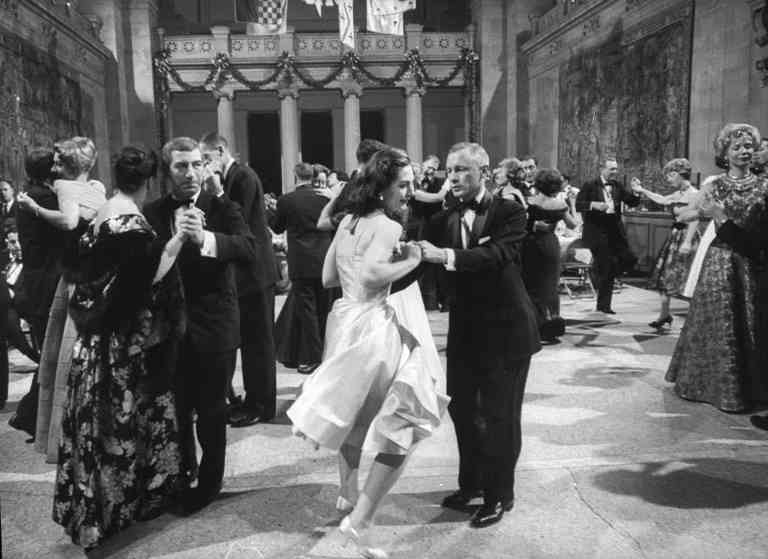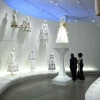"Fashion is capitalism favourite's child"
Werner Sombart
The Met, Oscar of Fashion
Blitz and velvet, it's the fashion's biggest night out in the city again! On the first Monday night in May, the biggest red carpet event of the year brought together some of the biggest stars in the nation at the steps of the Metropolitan Museum of Art in New York City, all dressed in their most extravagant and exquisite couture designed by high-profiled designers for a fashion celebration that was completely hidden from the public's view. This is the Met Gala, which has an impressive cultural cachet for an event that is supposedly exclusive for fashion nerds.

Since its establishment in 1948, The Met Gala has had a rich history. Organized by Eleanor Lambert, a fashion publicist, and Dorothy Shaver, president of Lord & Taylor-fashion retailer based in New York City, the event has a purpose as the fundraiser for the newly established Costume Institute, a curated collection which consists of art that intersect with fashion objects from the 15th century to contemporary ages featured in different themes.
Within this article, we will explore how this annual supper is a microcosm of the economic forces, social structures, and cultural values that characterise modern capitalism. It embodies the ethos of conspicuous consumption, status-seeking behaviour, and market-driven competition inherent in capitalist economies. While on the other hand, the Met also has a powerful effect on the fashion market. So, is The Met Gala necessary in this contemporary world? How did it represent capitalist society? And what impact does it really give to the industry?
The Bourgeoises Are In, The Proletariats Are Out
Every event has its own nature, not to mention Met Gala. The triumphs have a lot of traits, such as special invited guests, a thousand dollar tickets, and the "show-off" of magnifying and wildest designed couture on the red carpet by certain fashion houses through their chosen celebrities. This exclusivity not only maintains the status quo of social stratification, but also the idea that society circles and renowned events are exclusive to certain groups of people based on their financial standing, reflected from the clothing.
The Met attendees were often identified by items they wore---particularly dress, tuxedo, or others. In the fashion industry, a dress is not just a structure of meaning, it is also a commodity produced by a corporation and sold on the market for a profit at huge environmental cost. The fashion designer is a worker whose work exists to enrich their company and earn them a wage--no matter how extravagant (Tansy Hoskins, 2022).
In the issue of Met Gala, dresses curated by designers can be retained as the cultural capital. According to Pierre Bourdieu, a French sociologist, cultural capital is shown in the forms of cultural products which were traces left by or specific manifestation of the theory, or criticisms of these theories, questions and so on. Based on internalised cultural content, the person with cultural competence determines the worth of cultural products, which can be transmitted in the form of material. Objective cultural capital is a unique commodity in the market mechanism that is borne by carriers of cultural items, specifically cultural commodities. The expression of cultural products in materiality and symbolism, respectively, is what makes them unique. Cultural products are valued materially by economic capital; yet, cultural capital bestows cultural value on them in terms of symbolism (Xu Yongjian & Xu Liqun, 2015).
A Modern Manifestation of Veblen's Conspicuous Consumption















